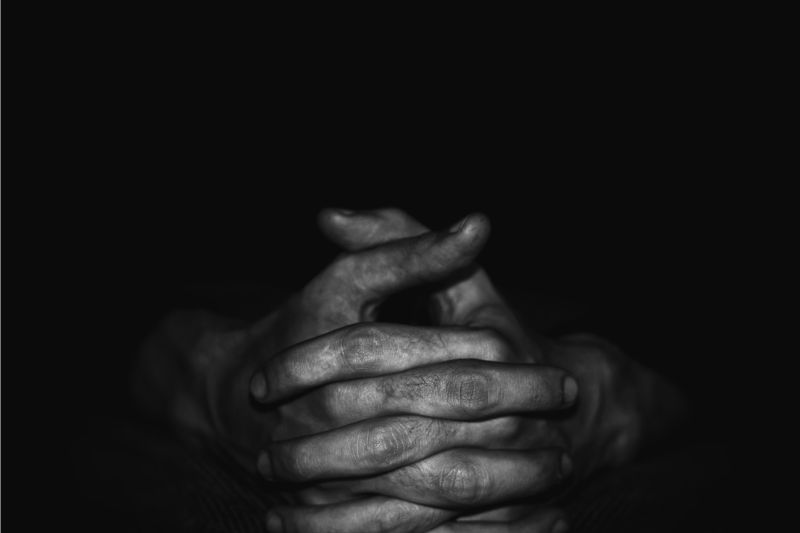When you think about creativity, you most likely picture a creative person at work behind an easel or at the center of a masterfully crafted film. People might also unleash their creative side to gain power, execute retribution, or just stir up trouble.
Remember the last time you picked up a history book or saw a documentary on television where the main character launched an all-out assault, went on a murderous rampage, or executed a carefully thought-out series of egregious crimes? Perhaps the course of events took a different turn, with that historical figure using his audacious methods to benefit rather than hurt humanity. You may have also questioned what motivated the individual to commit such heinous deeds.
The creative with malice
Malevolent creativity is defined as “creative ideas or behaviors that deliberately harm others, organizations, society, and their extensive symbols,” according to Hongyu Fu and Zhonglu Zhang (2024) of Guangzhou University. Individuals with a strong predisposition toward this may lie regularly just for fun or to get into trouble. These are also the ones that when they utilize their cunning to try to outwit their colleagues or find ways to embezzle money from a family member, will produce more than just mayhem.
You could think that malicious creativity is merely another form of this group of negative traits (psychopathy, narcissism, and Machiavellianism), given the constantly expanding body of material on the dark triad.
The “HEXACO” personality model comprises six traits, including conscientiousness, extraversion, agreeableness, emotional stability, and openness. Fu and Zhang claim that measuring honesty-humility is all that is necessary to gain insight into the mind of the malevolently creative.
Given that the terrifying acts of the malevolently creative cannot be explained by being dishonest, the issue of morality must eventually come into play as well. Ingeniously bad people act immorally by definition, according to academics at Guangzhou University.
The emotions that these people feel, which either influence their acts or manifest as a result of them, make up the last piece of the puzzle. Their behavior differs from that of the “prosocial,” or those who show kindness to others. Gratitude, empathy, and sympathy are among the feelings that people who do these kinds of deeds feel; if they act immorally, they feel guilty. The feelings can become more enduring. Though moral and emotional qualities might change depending on the circumstance, some things remain the same throughout space and time.
Examining the motives of the malevolently creative
Combining these elements into a prediction model, Fu and Zhang postulated that the personality trait of Honesty-Humility, in conjunction with the other HEXACO traits of emotionality (a propensity to shun worry or anxiety) and openness (which denotes creativity), would give rise to malevolent creativity. Measures of prosocial feelings, guilt, and shame were also completed by their sample of 592 online participants, who were on average 24 years old.

The prediction equation’s primary result was the malicious creativity measure. This 13-item questionnaire has three subscales, with the following sample items included:
Inflicting pain: “How frequently do you come up with new ideas for punishing people?”
Lying: “How often do you tell lies without thinking that you’ll get caught?”
Tricking others: “How frequently do you trick people to gain revenge?”
These questions have a creative bent rather than solely assessing psychopathic traits like lying and lack of regret.
As expected, those with low honesty-humility scores also had higher malevolent creative scores overall. Nevertheless, this bond was undermined by the qualities of thankfulness and shame. Prosocial feelings, according to the authors’ conclusion, “may allow individuals to control their immoral thoughts and weaken their malevolent creative tendencies.” The link between honesty and creativity remained unchanged, nevertheless, even with empathy and sympathy. There was no relationship between these two prosocial orientations and malevolent creativity itself; rather, they were more strongly associated with emotionality and openness.
Handling malevolent creativity in day-to-day living
The Guangzhou University study’s statistical controls allowed the authors to show a path from honesty and humility to the collection of unwanted behaviors that individuals with high levels of malevolent creativity may imagine, despite the correlational nature of their findings. The study also clearly highlights the psychological characteristics that may be underlying circumstances that you would otherwise find incomprehensible. Why would someone apply their knowledge in a way that leads to unfavorable results? The combination of steady emotional features that result in destructive thoughts without accompanying moral remorse and personality traits seems to hold the key to the solution.
You can also learn a great deal when you go from big wrongful acts to routine actions that hurt you personally or at the very least give you anxiety. Maybe you’ve been collaborating with a buddy or coworker that you know will always have your best interests in mind. You told this individual that you didn’t like a mutual acquaintance, thinking that they would keep it a secret. Instead, you find out that this so-called reliable source revealed the entire conversation—word for word—to this other individual behind your back.

The Chinese writers propose that these people’s dishonestly imaginative tendencies can be countered, but that these strategies need to start early in life. Theoretically, moral education could counteract the tendency of children who delight in devising schemes to cause harm to others. However, this doesn’t offer a temporary solution for the individuals you’re now interacting with.
As an alternative, you can use the facts to accept that you cannot restrict the malevolently creative with empathy or pity. It could be more productive to enlist that dishonest person’s moral compass rather than telling them how their actions make you feel. The good news is that you don’t have to worry about offending them when you confront them about their actions. Once you make your viewpoint known, there’s a chance they won’t hurt you (but not others) again
In conclusion, it can be perplexing and unsettling to witness the deceptively creative and destructive traits that propel evil activity on a big and small scale. Understanding the emotions and characteristics that fuel it can help you both comprehend it and shield yourself from its negative effects.
(Tashia Bernardus)
